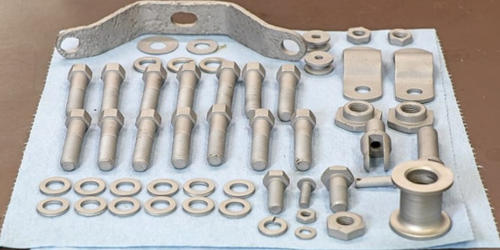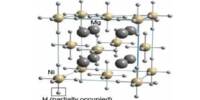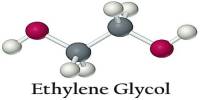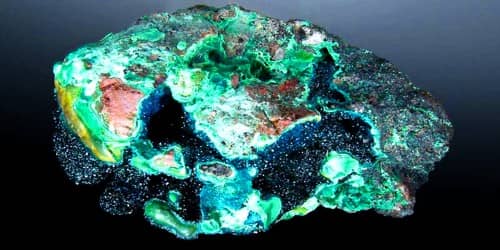Parkerizing is a coating whereas blueing is part of the steel’s surface. It is a chemical conversion of the steel’s surface. It is a method of protecting a steel surface from corrosion and increasing its resistance to wear through the application of a chemical phosphate conversion coating. The process of forming manganese phosphate coating is commonly known as Parkerizing. It is commonly used on firearms as a more effective alternative to bluing, which is an earlier-developed chemical conversion coating. It is also used extensively on automobiles to protect unfinished metal parts from corrosion. There are 3 types of parkerizing – iron, zinc, and manganese phosphate.
The Parkerizing technique is a Phosphate etching process that produces a Hard Matte or Dull finish that is both very Durable and Anti Reflective and with excellent oil holding properties. The Parkerizing process cannot be used on non-ferrous metals such as aluminum, brass, or copper. The easiest way to remove it is by sandblasting. That process is no more damaging than sanding/blasting off bluing. It similarly cannot be applied to steels containing a large amount of nickel, or on stainless steel. Passivation can be used for protecting other metals.
Appearance
Zinc phosphating results in a non-reflective, light- to medium-gray finish. The use of a zinc monophosphate solution for parkerizing sintered parts gives corrosion-resistant phosphate films that protect the outer surface against atmospheric corrosion. Manganese phosphating produces a medium- to a dark-gray or black finish. Iron phosphating produces a black or dark gray finish similar to manganese phosphating. Parkerizing can be performed on any type of mild or gun steel, however, it is not for use on stainless steel or any type of aluminum. Manganese and iron phosphate coatings are usually the thickest chemical conversion coatings, being thicker than other chemical conversion coatings such as zinc phosphate and bluing.
Uses
Manganese phosphating is extensively employed to improve the sliding properties of the engine, gear, and power transmission systems. As for other chemical conversion coatings, the Parkerized surface must be completely covered with a light coating of oil to maximize corrosion and wear resistance, primarily through reducing wetting action and galvanic action. The use of manganese phosphate coatings for improved corrosion resistance can be virtually found in all branches of the metal working-industry. A heavy oil coating is unnecessary and undesirable for achieving a positive grip on Parkerized metal parts.
Alternatively, the Parkerized surface may be painted over with an epoxy or molybdenum finish for added wear resistance and self-lubricating properties.
















